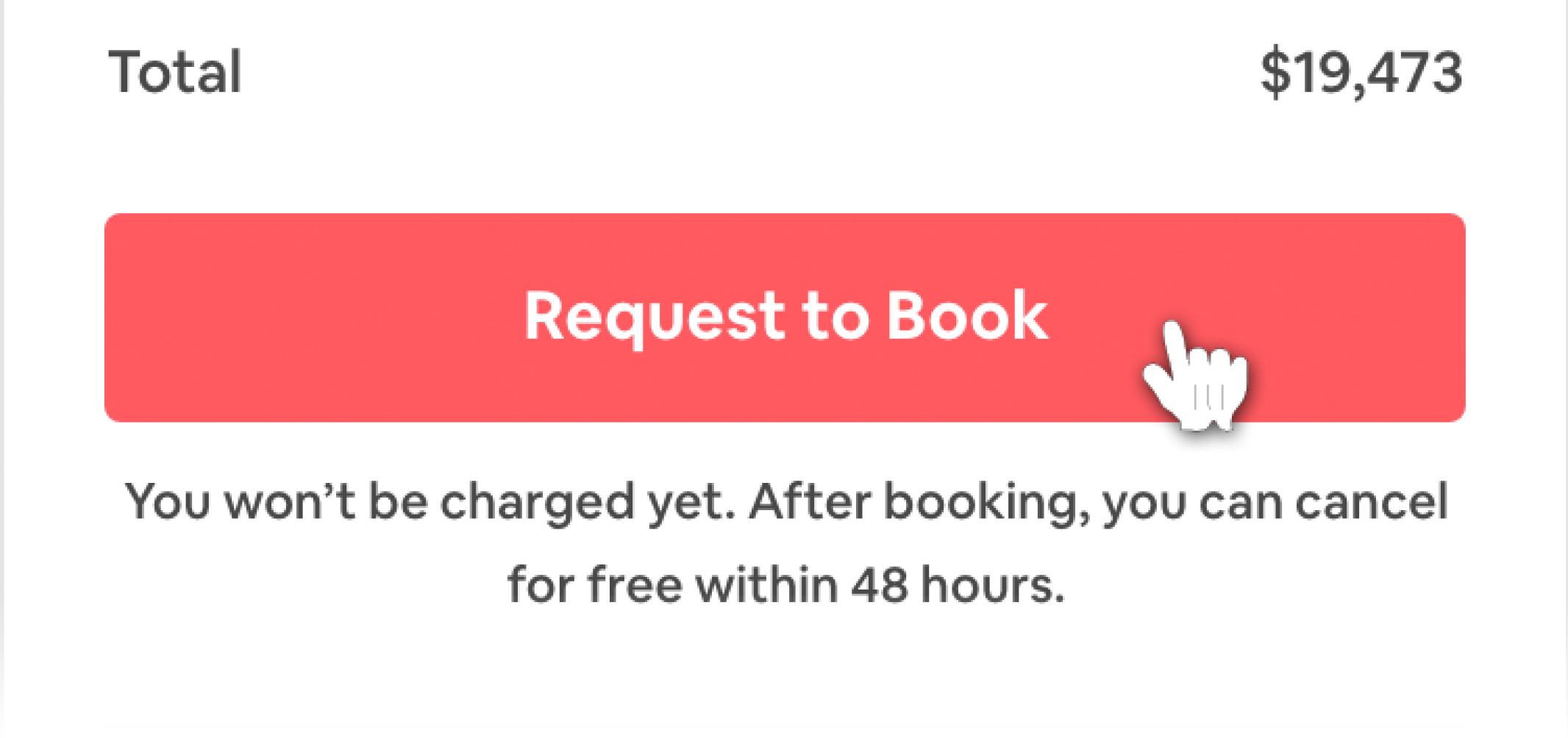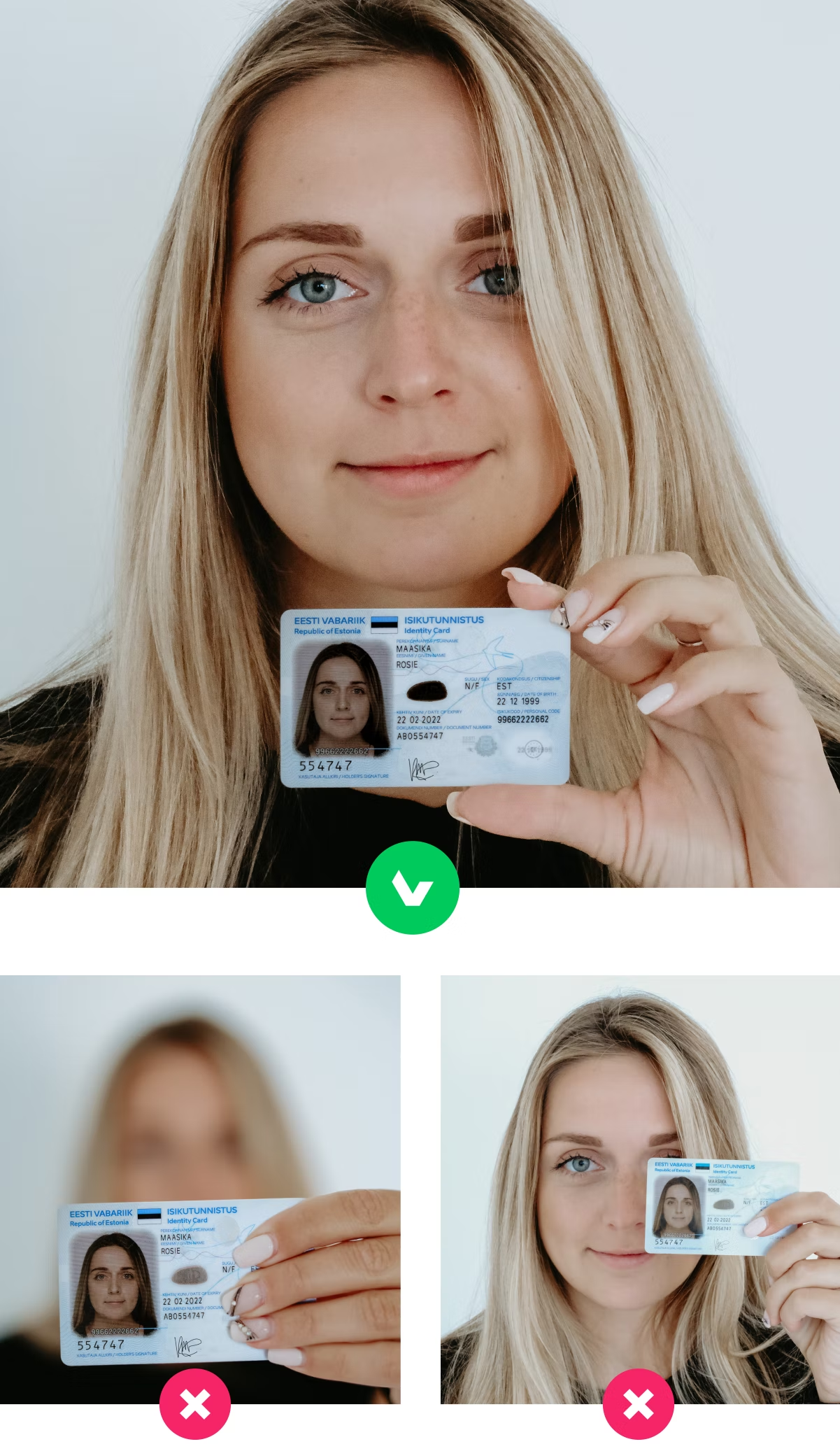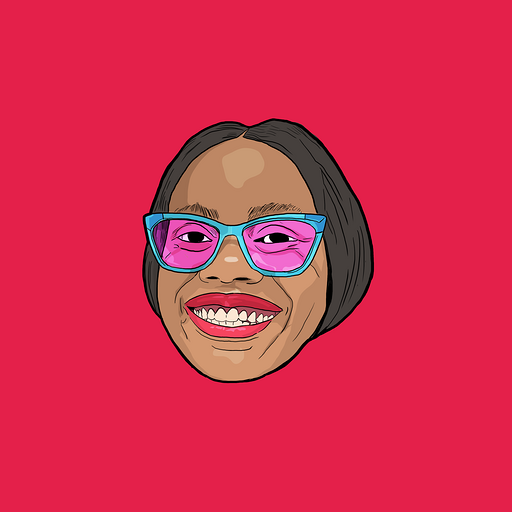In the last couple of years, people have started realizing the value of content design. However, there is still a disconnect and misconception of what exactly content designers do, as many people just see them as the “words” people.
The problem with this mindset is that content designers end up being the last to be brought on a project. They are expected to “do their magic”, change Lorem-Ipsum and fill in the gap with the copy as if it’s some sort of cherry on the cake forgetting how integral content design is to every step of the process.
Content designers need context
A major goal of content design is to help users navigate a product seamlessly, anticipate, and answer any questions they might have. It’s almost impossible to achieve this if your content designer doesn’t have enough context on what they’re working on in the first place.
How do we solve this? By including your content designer in all the important conversations from the beginning of the project and ensuring they have all the information they need. Your content designer should be a part of discovery and ideation sessions, they should work hand-in-hand with designers at every stage of the design process.
This also means that you shouldn’t share a screen in isolation and expect “magic copy” from your content designers without giving them the full context of where this happens in the user journey.

In the example above, the content designer understands the full flow of how the product works and as a result, they are able to include microcopy that eases anxieties users might have about clicking the “Request to book” button.
Content designers work with everyone.
This has probably been my most interesting part of being a content designer. Outside of the design team and beyond writing, I’ve had conversations with people in diverse teams to gain context and clarity.
As a Fintech organization, we have strict compliance and legal regulations that sometimes require us to collect sensitive banking information from users. I’ve had to work with people in these teams to understand why we are collecting this information so this can be communicated properly with users while easing any concerns they might have about sharing such details with us.
I’ve also had to work closely with engineers to understand why some errors occur so I can write more useful error messages that aren’t in incomprehensible code and are more helpful than “Something went wrong” Working with our customer experience team has given me better insights into our customer pain points and revealed areas that content design can address.
Content design in the research phase
Research is an important part of the content design journey. For instance, during user interviews, you might hear a common term consistently used to describe a feature and that can offer a clue of what to label it.
Testing and feedback during research also help content designers know how and where to iterate and provide a better user experience
Content design is beyond words
Content designers are interested in ensuring that users are never confused and that means sometimes words are not enough. This is where images, illustrations, maps, and other forms of media and content come in.
Flutterwave recently launched a new dashboard and the content design team worked on updating our support website content to fit the new dashboard. Beyond writing words, we also included screenshots and screen recordings where necessary so users actually get all the help they need. Here’s a sample support article you can check out.

The example above is for a verification software that requires users to upload an image or selfie holding their ID card. Beyond giving written descriptions of how to do this, the image explains clearly what type of picture is expected from the user and this reduces the chances of their verification being declined.
Content designers are a big part of shaping the user experience of a product and when teams understand how to maximize their value, it leads to products with not just great copy but an overall better user experience.

